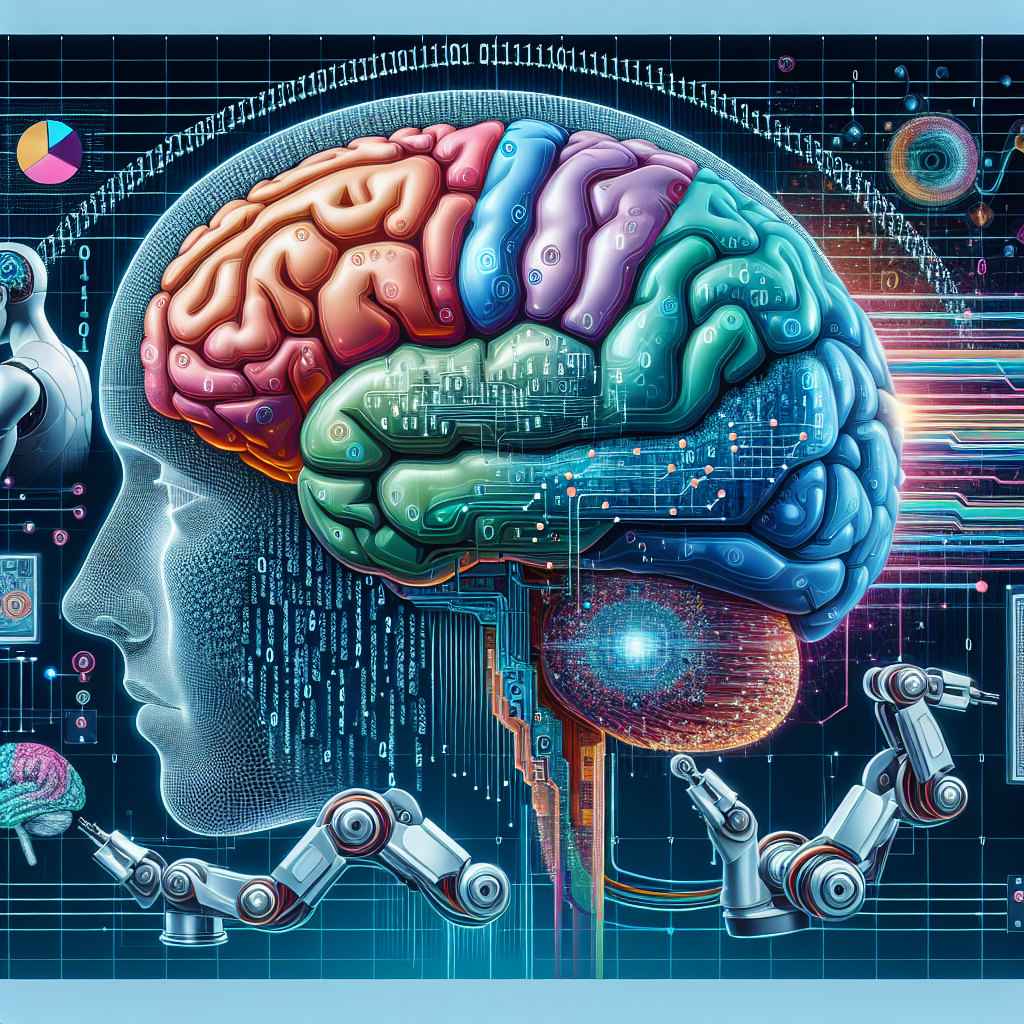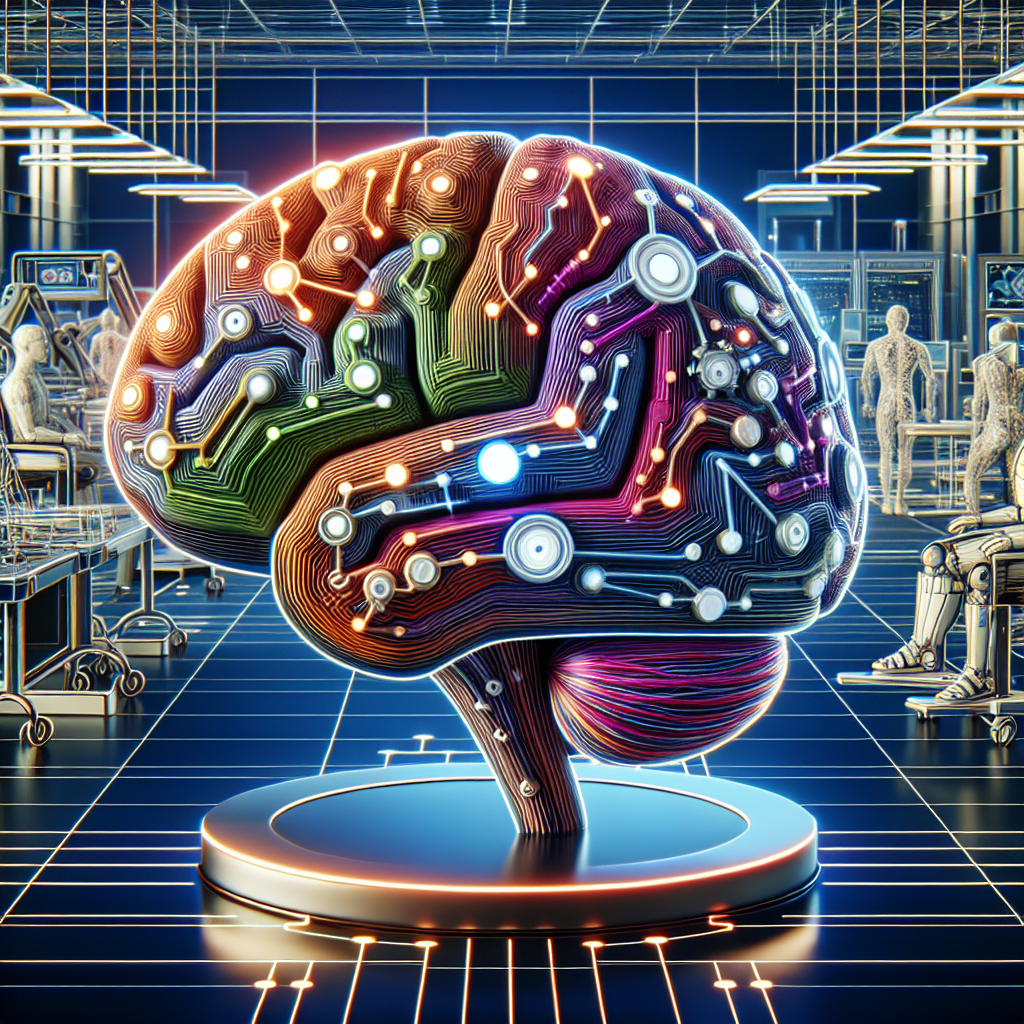What Are Some Promising Advancements In Neurorehabilitation Research And Techniques?
You’re about to embark on a journey into the realm of cutting-edge advancements in neurorehabilitation research and techniques. You will soon familiarize yourself with the latest research, exploring the profound impacts of innovative neurorehabilitation methods on patients’ lives. Bet you’re curious to uncover how science has upgraded these techniques to optimize brain recovery, aren’t you? So strap in, as we paint a vivid picture of this exciting, evolving field.

The Concept of Neurorehabilitation
Neurorehabilitation is a complex process aimed at helping people with neurological disorders regain their cognitive, physical, and emotional abilities. Think of it as a multi-faceted care plan designed to help you maximize your potential and live as independently as possible. It usually involves a team of healthcare professionals, including neurologists, psychologists, physical therapists, and more, all working together to create an optimal program tailored to your individual needs.
Understanding Neurorehabilitation
Neurorehabilitation often works on the principle of neuroplasticity – the brain’s ability to “rewire” itself and form new connections in response to illness or injury. Essentially, it’s all about helping you learn or relearn skills that might have been affected by conditions such as stroke, brain injury, or neurological disorders like multiple sclerosis or Parkinson’s. Your sessions may involve working on motor skills, strength and conditioning exercises, cognitive exercises, and even adjusting to changes in emotions or personality.
Key Components of Neurorehabilitation
There are several key components to successful neurorehabilitation. Firstly, it’s often goal-oriented, meaning you’ll work closely with your healthcare team to define and work toward specific objectives. This can be as simple as improving your balance or as complex as relearning speech. Secondly, it’s usually holistic, addressing not just physical but also cognitive and emotional well-being. And lastly, good neurorehabilitation should be tailored to the individual; there’s no one-size-fits-all approach here.
The Impact of Neurorehabilitation
The impact of neurorehabilitation can be profound. For many, it can mean the difference between needing constant care and being able to live independently. It can help reduce symptoms and improve quality of life, often enabling people to return to work, hobbies, and social activities. And on a deeper level, effective neurorehabilitation can also boost mood, self-esteem, and overall psychological well-being.
Emerging Trends in Neurorehabilitation
The field of neurorehabilitation is constantly evolving, with new research, tools, and technologies emerging all the time.
Rise in Technological Innovations
For instance, modern technological innovations are increasingly being employed in neurorehabilitation. These include advanced assistive devices, virtual reality systems, and even cutting-edge brain-computer interfaces that can help augment or restore physical and cognitive abilities.
Influence of AI and Machine Learning
Artificial Intelligence (AI) and Machine Learning are also having a big impact on neurorehabilitation. These technologies can help predict recovery outcomes, personalize rehabilitation plans, and provide adaptive feedback during therapy sessions.
Increasing Use of Virtual Reality
Virtual Reality (VR) is another promising trend, as it allows for immersive, engaging therapy experiences that can help motivate patients and provide a safe environment for skill practice.
Innovations in Neurorehabilitation Hardware
Another fascinating area is the development of new hardware specifically designed for neurorehabilitation.
Development of Neuroprosthetics
This includes neuroprosthetics – devices that interface directly with the nervous system to restore lost function. For instance, there are neuroprosthetics that can help restore movement to paralyzed limbs or allow people with auditory or visual impairments to perceive sensory information.
Advancement in Rehabilitation Robotics
Rehabilitation robotics, too, are increasingly being used in neurorehabilitation. These machines can help you perform therapies with greater precision and consistency, and can even adapt in real time to your performance and needs.
Innovative Wearable Devices for Neurorehabilitation
Last but not least, there’s a growing range of wearable devices that could play a role in neurorehabilitation. These might include anything from smart watches that monitor physical activity or sleep patterns, to smart gloves intended to support hand therapy.

Role of Software and Technology in Neurorehabilitation
Of course, all these technologies need to be underpinned by sophisticated software systems.
Neurorehabilitation Software Systems
These software systems can help monitor progress, provide biofeedback, and offer adaptive therapy programs. They can also provide a platform for patients and their healthcare team to communicate and collaborate on treatment plans.
Virtual Reality in Neurorehabilitation
Virtual Reality in neurorehabilitation is a rapidly growing field. By creating realistic, immersive environments, VR can give you a safe space to practice skills, challenge abilities, and even explore psychological resilience.
Impact of AI-based Algorithms and Machine Learning
AI-based algorithms and machine learning have the potential to greatly enhance neurorehabilitation. They can predict recovery trajectories, personalize therapy plans, and adapt therapy in real time based on your performance.
Use of Virtual Reality in Neurorehabilitation
Now let’s delve more deeply into the use of Virtual Reality in neurorehabilitation.
Understanding Virtual Reality Therapy
In Virtual Reality therapy, computer technology is used to create realistic, immersive environments that you can interact with in realistic ways. It’s being used increasingly in neurorehabilitation, as it can provide a safe, controlled environment where you can practice physical and cognitive skills.
Advancements in VR Technology for Neurorehabilitation
The advancements in VR technology have been extraordinary. Today, you could use a VR system to walk through a virtual supermarket, practice using a virtual wheelchair, or even perform complex physical tasks.
Benefits and Outcomes of VR Therapy
VR therapy can be a great motivator, as it offers an engaging, game-like experience. It can also provide a safe environment to practice skills in situations that might be risky or impractical in real life. And early research suggests that it can lead to significant improvements in physical, cognitive, and emotional outcomes.
Artificial Intelligence in Neurorehabilitation
Next, how about Artificial Intelligence? This is another game-changing technology in neurorehabilitation.
Understanding AI in Health Care
AI in health care is all about using algorithms and machine learning to analyze vast amounts of data and make predictions or decisions based on that analysis. This could be anything from predicting illness based on medical records, to deciding on the best treatment plan based on a person’s symptoms and history.
How AI is Revolutionizing Neurorehabilitation
In neurorehabilitation, AI has the potential to revolutionize care in a few ways. It could help predict recovery outcomes and personalize therapy plans. It could also provide real-time adaptive feedback during therapy, effectively personalizing the therapy session every time.
Potential Limitations and Challenges
That said, AI in neurorehabilitation isn’t without its challenges. There are questions around the accuracy and bias of predictions, as well as issues around data privacy and security. But with careful regulation and oversight, these issues can be managed.
Brain-Computer Interfaces in Neurorehabilitation
Next up, let’s take a look at Brain-Computer Interfaces or BCIs in neurorehabilitation.
Definition of Brain-Computer Interfaces
A BCI is essentially a system that allows for direct communication between the brain and an external device. It’s a technology that’s been around for a while but is only now beginning to find practical applications in fields like neurorehabilitation.
Applications of BCIs in Neurorehabilitation
In neurorehabilitation, BCIs could have a few applications. They could be used to control prosthetic limbs, wheelchairs, or other assistive devices. Or they could be used to provide biofeedback during therapy sessions, offering real-time insights into brain activity that can be used to adjust therapy on the fly.
Future Prospects for BCIs
The future prospects for BCIs in neurorehabilitation are truly exciting. With ongoing advancements in technology and a better understanding of the brain, the potential uses for BCIs in neurorehabilitation will only continue to grow.
Neuromodulation Techniques in Neurorehabilitation
We certainly can’t overlook neuromodulation techniques in our exploration of neurorehabilitation.
Basics of Neuromodulation
Neuromodulation is basically the alteration of nerve activity through the delivery of electrical or chemical agents directly to a target area.
Applications in Neurorehabilitation
In neurorehabilitation, neuromodulation might involve techniques like deep brain stimulation, transcranial magnetic stimulation, or even neurofeedback training. These techniques can help optimize brain activity and enhance the effects of therapy.
Future Challenges and Considerations
Like all the other trends we’ve looked at, neuromodulation isn’t without its challenges. The mechanisms of action can be complex, and there are often questions about feasibility and safety. However, with careful application, these techniques offer great potential for enhancing neurorehabilitation.
Personalized Neurorehabilitation Approaches
Finally, it’s worth exploring the importance of personalized neurorehabilitation approaches.
Importance of Personalized Treatment
Every person is unique – and so is every brain. And that means that the ideal neurorehabilitation approach is likely to be different for every individual. Personalized treatment takes into account your specific symptoms, challenges, goals, and preferences to tailor a therapy plan that’s just for you.
Methods for Personalizing Neurorehabilitation
There are many ways to personalize neurorehabilitation. It might involve selecting specific therapies based on your symptoms and goals. It could involve adjusting the pace or intensity of therapy based on your progress. Or it might involve integrating technologies like AI and VR to adapt therapy in real time.
Benefits and Outcomes of a Personalized Approach
A personalized approach is usually more engaging and motivating – after all, it’s designed with you in mind. And early research suggests that personalized approaches might lead to better outcomes and improved satisfaction with care.
Future Directions in Neurorehabilitation Research
Looking to the future, there’s much to be excited about in neurorehabilitation research.
Investigations into New Therapies
Researchers are constantly exploring new therapies and approaches, looking for even better ways to support the brain’s remarkable ability to adapt and heal.
Integration of Novel Technologies
The integration of novel technologies will also continue to be a major focus. This includes not only “hardware” like BCIs and wearable devices, but also “software” like AI and VR systems.
Potential Impact on Patient Outcomes
The potential impact on patient outcomes is immense. With more effective therapies, better technologies, and a continued focus on personalization, the field of neurorehabilitation is poised to make a significant difference in the lives of many people living with neurological disorders.
The advancements in neurorehabilitation are truly promising. From the basics of understanding neurorehabilitation to the emerging trends and future directions, this field continues to grow and offer hope for individuals battling with neurological disorders. As technology continues to innovate, so do the possibilities for enhanced recovery and improved quality of life. Neurorehabilitation is a crucial element in patient recovery, and with continuous research and advancements, there is a potential for even better patient outcomes in the future.

